Patch 2.4 brings tuning changes to Diablo 2 Resurrected — but should it?

Watchers, I have a confession — I expected a patch before the release of ladders in Diablo 2 Resurrected. Who wouldn’t? But I didn’t expect actual, factual class balance changes to a functionally 20+ years old game. But now I wonder — do class changes (and the implications of active development) break the purpose of a “remaster”?
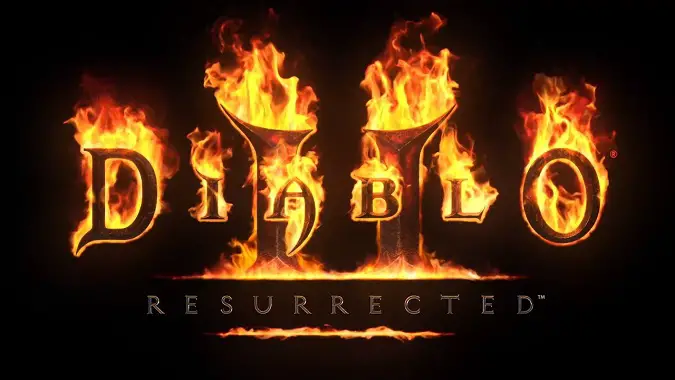
D2R is a remaster — but not really
First, it’s critical to remember that Blizzard considers D2R a “remaster,” as Diablo Executive Producer Rod Fergusson stated in the game announcement. Remasters offer the same game as the original, with changes to reflect improvements in gaming hardware (looking at you, 30 GB installer). Would the idea of game development run contrary to merely sprucing up an old chestnut? Yes, it does. Except…
The title is Diablo 2 Resurrected. At its most basic definition, resurrection means bringing something dead back to life. Diablo 2 was not a “dead” game — there were plenty of times before the D2R release where the Twitch category for Diablo 2 had more viewers than its younger sibling, Diablo 3. So the question becomes: why should Blizzard stop development for the title? The PTR’s patch notes even touch on the excitement of making balance changes when it, “has been more than eleven years since we’ve made changes like this to the game.”
Consider the PTR version number — Patch 2.4 seems an odd starting point, right? Well, it is, until you factor in the versions of the original Diablo 2 stopping at the 1.14 major version number; Lord of Destruction installed patch 1.7, and subsequent updates brought different changes to D2 classic versus LOD (completely unlike D3’s numbering changing to 2.x for Reaper of Souls). From a versioning perspective, D2R is a continuation of D2, and patch 2.4 emphasizes that by bringing class balance changes.
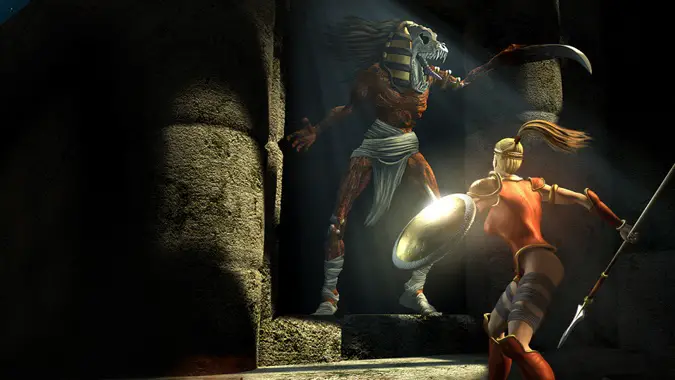
Bringing build variety to a 22-year-old title for Amazons and Assassins
What changes are important enough for Blizzard to push the first balance changes in over ten years? Let’s review the highlights!
Honestly, the most prominent universal adjustment is to casting delays. Specifically, casting delays are no longer a shared cooldown between skills with a casting delay. This change has an associated adjustment period as players change rotations built around this phenomenon. That said, it also comes with a small quality of life tweak, where the skill tooltip now declares casting delays.
First, and maybe best — Javazons rejoice! The changes to the Amazon focus primarily on melee skills, although Bowazon fans may be happy with the adjustments they receive as well. Significant changes include: Impale becoming uninterruptible, Fend’s attack speed increasing by 100%, and a 90% drop in Valkyrie’s casting delay (6 seconds to 0.6 seconds). Additionally, Dodge and Avoid animations become interruptible, freeing players from the dreaded animation lockout. I see this as the devs encouraging Amazon players to get into some demon faces (and hopefully, slashing them to ribbons).
The Assassin class tuning focuses on Martial Arts and Traps skills, with quality of life tweaks for Shadow Disciplines. The most significant change, hands down, is that Martial Arts finishing moves will only consume one Martial Arts charge on casting and always hit the target if the player has any Martial Arts charges left. The devs cite smoother combat performance for this adjustment, but I’m curious how much the damage output will increase for Martial Arts Assassins with this change. That said, don’t underestimate the changes to the Traps skill tree, as skill reliance on Death Sentry has been removed along with synergy damage increases.
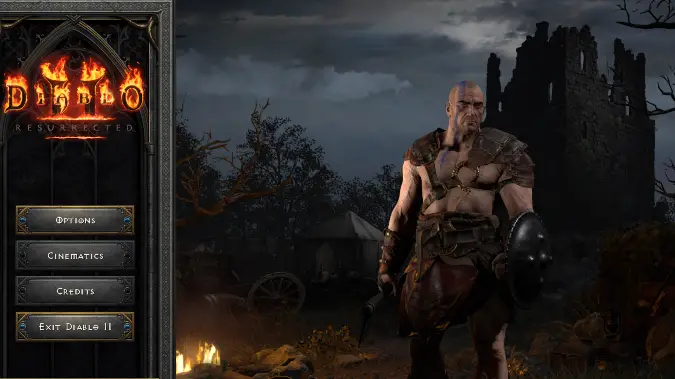
Barbarian, Druid, and Necromancers see new builds gain viability, too
The Barbarian’s balance improvements focus almost entirely on the Combat Skills tree, with minor tweaks to Warcries and a “change to pierce” for Combat Masteries’ Throwing Mastery. Leap and Leap Attack become the star of the changes, with both receiving 75% increases to the speed of the motion and boosts to baseline damage, attack rating, and attack rating per level for the attack. The devs hope to make both skills easier to use by speeding up movement. The overall balancing includes a few additional synergy changes, but really, the new mobility around Leap skills has enormous potential.
Changes to the Druid have been so involved that they merited a follow-up from Community Manager Adam Fletcher to clarify the attack speed changes for Werewolf and Werebear. When the dev team describes a calculation as “quirky,” you know it merits some tweaks. But in general, the Druid’s Elemental, Shapeshifting, and Summoning Skills have all received so many tweaks! For example, Summons will no longer have hidden randomized health values. Shapeshifters receive attack speed tuning and subsequent re-tuning adjustments o factor both the old and the new system instead of applying a potential nerf. In addition, the casting delay changes unlock a whole host of power from elemental spells. The Druid class is where I strongly recommend you read both the patch notes and the clarifications post. It’s worth the time.
The Necromancer receives tuning changes primarily to their Summoning skills, with synergy tweaks to Bone skills and a touch of improvement to the Weaken curse. Skeletal Mages have had their damage scaling boosted considerably, while the Blood, Iron, and Fire Golems scale better per skill level. The oddest Necro change note doesn’t involve the Necromancer directly; the developer comments reference Paladin changes due to an adjustment to the Thorns aura, so I will too.
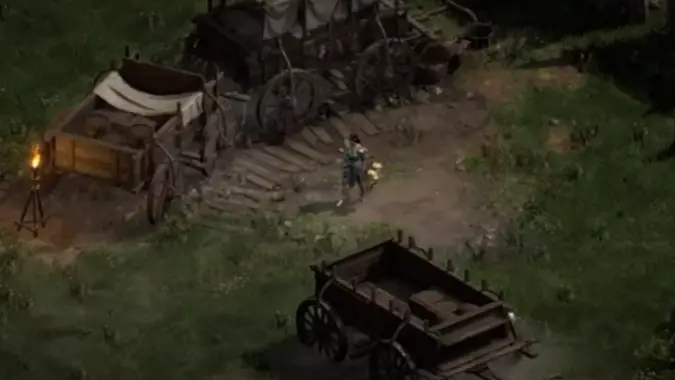
The important stuff for Paladins and Sorceresses
While the Paladin’s auras are seeing a few adjustments, it’s the Combat tree that’s getting the most love from this patch. Sacrifice scales by skill level, Conversion’s max chance almost doubles (from 50% to 90%), and the Fist of the Heavens skill benefits from the casting delay changes while receiving some “improved targeting functionality.” The Thorns aura adjustment adds consistency to its damage output; attacks to aura-effected targets now deal a flat amount of damage. Remember, this also changes the Necromancer’s Iron Golem Thorns performance. Consistency is vital for planning in the high-difficulty tiers.
Finally, our friend the Sorceress. She is already the best class to start with, so how will the devs improve upon her builds? Fire skills will get the most love in 2.4, with scaling adjustments to the Cold tree’s Armors and an additional Static Field synergy in the Lightning tree’s Nova and Thunder Storm. But Fire’s Inferno and Blaze see boosts to their damage scaling and Warmth synergy, while Hydra also has its casting delay removed and a controller bug resolved. The developer comments cite that Hydra will still have the same max count achievable, but with a “much easier time to summon that amount.” I don’t think anyone will argue with a quality of life tweak.
Phew! But you may also be asking — “why are we getting these changes in the first place?” That, my friend, is a more complicated discussion.
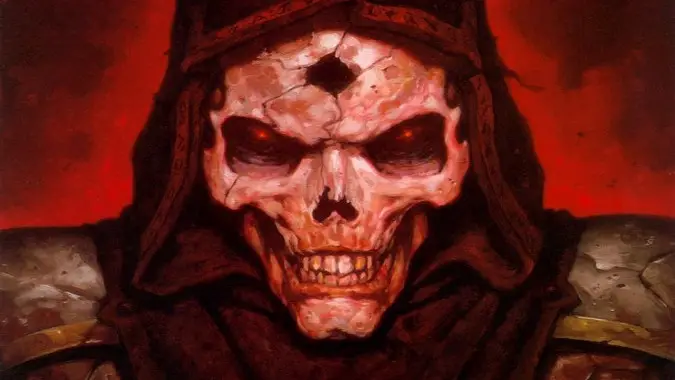
The “no development” argument
Yes, there have been a few arguments about this approach — namely, “why don’t they focus on Diablo 4 / Diablo Immortal / my favorite game #582 instead of spending development hours on Diablo 2 Resurrected?” And my answer is relatively simple: different titles, different teams. Yes, even in the same franchise. The group primarily responsible for D2R lives under Vicarious Visions, a studio moved under the Blizzard Entertainment umbrella in early 2021. Those resources have probably been working on that title as long as folks have been working on D4 or DI.
Could Blizzard reallocate resources from D2R to other projects now? Sure. But the best of their titles have not followed the “release it and ignore it” model. We, the player base, benefit from these balance changes. Yes, there are some damage tweaks, but a lot of what I’m seeing is quality of life improvements.
Ultimately, this is the game earning its title of “Resurrected” — brought back from the classic games maintenance-only model to receive new developer TLC despite its age. As always, the original game client is still available for download from your Battle.Net account (under Games and Subscriptions) if you’re not a fan of these changes. However, I can only look at the balance changes as a good thing — the honoring and care a beloved franchise deserves.
Please consider supporting our Patreon!
Join the Discussion
Blizzard Watch is a safe space for all readers. By leaving comments on this site you agree to follow our commenting and community guidelines.
 @lizexmachina
@lizexmachina



